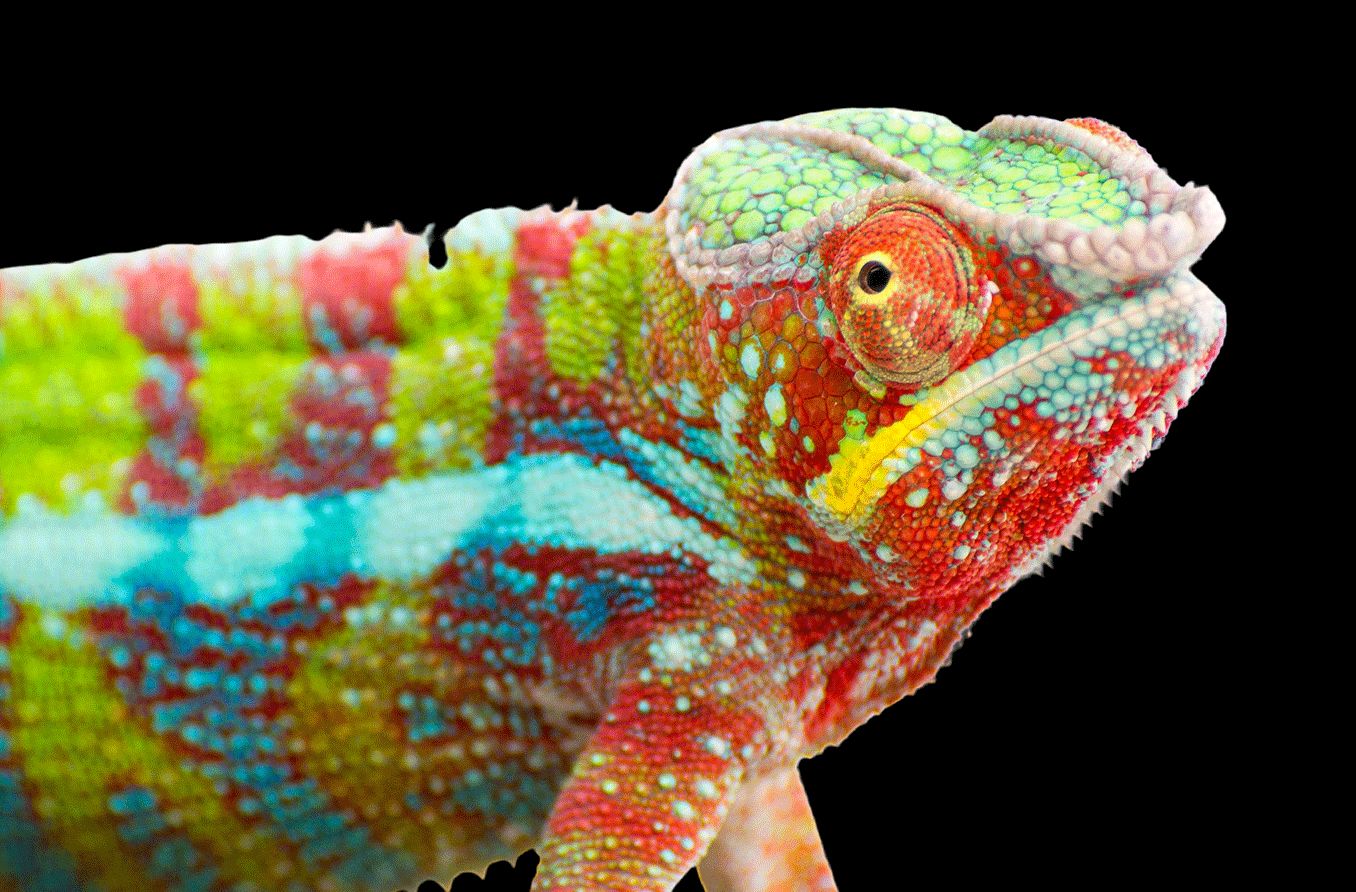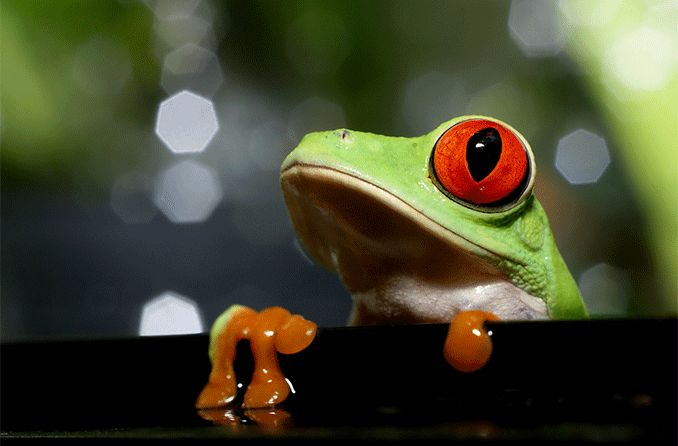Of all the eyes nature has ever produced, those of the eagle — with its large, hooked beak, pale yellow iris and powerful talons — may be the most extraordinary.
Embedded on either side of its face, an eagle’s eyes give it nearly panoramic vision. If you were an eagle, you could see a rabbit running from three miles away. If you had an eagle’s ultraviolet light perception, you could track a tiny vole from the sky by the UV rays reflected from its urine.
And while most humans have 20/20 vision, eagles are blessed with an astounding 20/5 vision. That means that what looks sharp and clear to us at 5 feet is just as clear to an eagle from 20 feet away.
No wonder we use the term “eagle eyes” to describe superb vision.
So how does an eagle do it? How are its eyes like our own, and how are they different? Will technology and science ever help us catch up to the eagle and bring us our own version of raptor vision? Maybe so!
How good is eagle vision?
The eagle’s vision “is so far superior to ours that we can only try to imagine what their world must look like,” says William Hodos, an expert in bird vision and a distinguished professor emeritus at the University of Maryland.
Both human and eagle eyes are built like a camera with a lens, containing light- and color-detecting cells on the retina called cones.
In the center of the retina is a special area called the fovea where the cones are incredibly densely packed. The fovea in an eagle is like a convex, deep pit, according to Hodos, and in humans, it’s like a shallow bowl.
That depth allows eagles’ eyes to act much like a telephoto lens to capture images.
In a human, he explains, each fovea has 200,000 cones per millimeter. Not only do eagles have two foveae per eye, each is packed with a million cones per millimeter.
You might compare an eagle’s eye to a modern computer screen, with densely studded pixels giving extraordinary clarity and sharpness to every image. “Their central fovea is for close inspection,” Hodos explains. “Their lateral fovea is used more for distance vision.”
Eagle eyes are on the sides of their heads for a reason
Our eyes are on the front of our head, giving us excellent binocular vision but poor peripheral vision. We need both eyes in order to see a complete three-dimensional image.
An eagle’s eyes are more to the sides of the head. Though not as lateral as other birds, their eyes are fixed and unmoving in their sockets, angled 30 degrees from the midline of the face.
As a result, eagles have a 340-degree visual field compared to our 180 degrees. They are also capable of using binocular and monocular vision, and they see a three-dimensional world the way we do.
Eagles move their heads every five seconds
Eagles move their heads to the left, right or straight ahead every five seconds, according to a Duke University study. When an object is close, they are likely to look straight at it and view it head-on, but as it becomes more distant, they scrutinize it by turning their heads to the side.
Imagine turning your head to the side continually to scan the earth beneath you, and, after locating your prey, looking straight ahead and diving in for the kill.
Eagle eyes are big and beautiful
Though eagle eyes are the same size and weight as human eyes, an eagle usually weighs around 10 pounds. Comparatively, an eagle’s eyes are huge.
Many creatures, including birds, have droplets of oil dispersed into their cone photoreceptors in hues that filter and enhance color.
Birds, in particular, boast stunningly pigmented drops of oil in shades of red and purple.
These droplets intercept light, modifying its intensity and spectrum, and may protect the eyes from free-radical damage. At least one sunglasses manufacturer, Eagle Eyes, claims to have adapted insights from these findings into their products.
Eagles can see stunning colors we can’t
Hodos says many birds see more short- and long-wave light than we do — further into the red range at one end of the color spectrum, and all the way into the ultraviolet range at the other.
“They see colors as more vivid than we do,” he says. “They can discriminate more between shades. And they see ultraviolet light, but we have no idea what it looks like to them.”
All we know, he says, is that they see an absolutely beautiful world and that color differentiation is one of their great visual strengths.
Can humans have eagle vision?
While most of us have (or seek to have) 20/20 vision, humans are actually capable of even better visual acuity. Some Aboriginal people in remote Australia boast vision up to four times better than the rest of us.
When astronomers looked at Aboriginal descriptions of constellations from the 1800s, they needed binoculars to see what the Aboriginal people could see with the naked eye.
Olympic athletes in archery and sharpshooting are also said to have superior vision, with an average visual acuity of 20/16.
For those who weren’t born with such excellent sight, modern technology can help.
David Williams, the William G. Allyn Professor of Medical Optics at the University of Rochester in New York, worked with colleagues to pioneer the use of adaptive optics — the technique used by astronomers to take clear pictures of the sky through the earth's turbulent atmosphere — for the exploration of the retina’s organization and function.
They were able to identify tiny abnormalities in vision through a device called a wavefront sensor, and their work has helped ophthalmologists better perform LASIK surgery and cataract surgery and develop better contact lenses, often gifting people with 20/15 vision.
“We can look into the eye and see the retina more clearly than was ever possible before,” Williams says, “even allowing us to see individual cells in the living retina.”
One day, he imagines, “Someone will go into the eye doctor’s office and get a noninvasive procedure performed that will give them even-better-than optimal vision for life.”
READ NEXT: 20/15 vision: Better or worse than 20/20?










